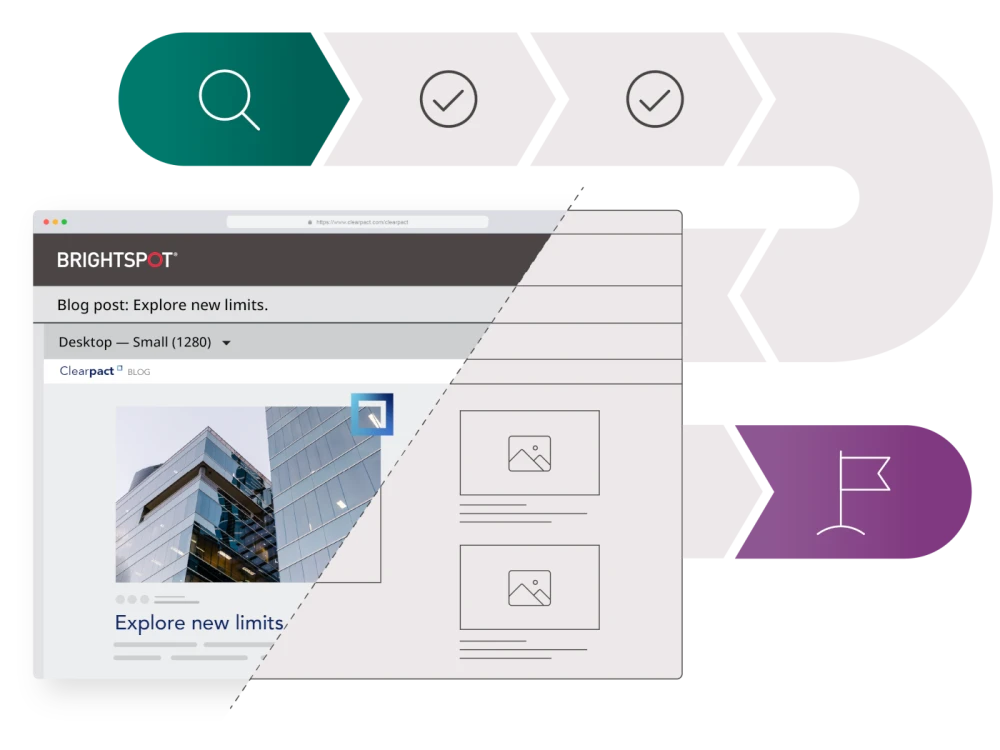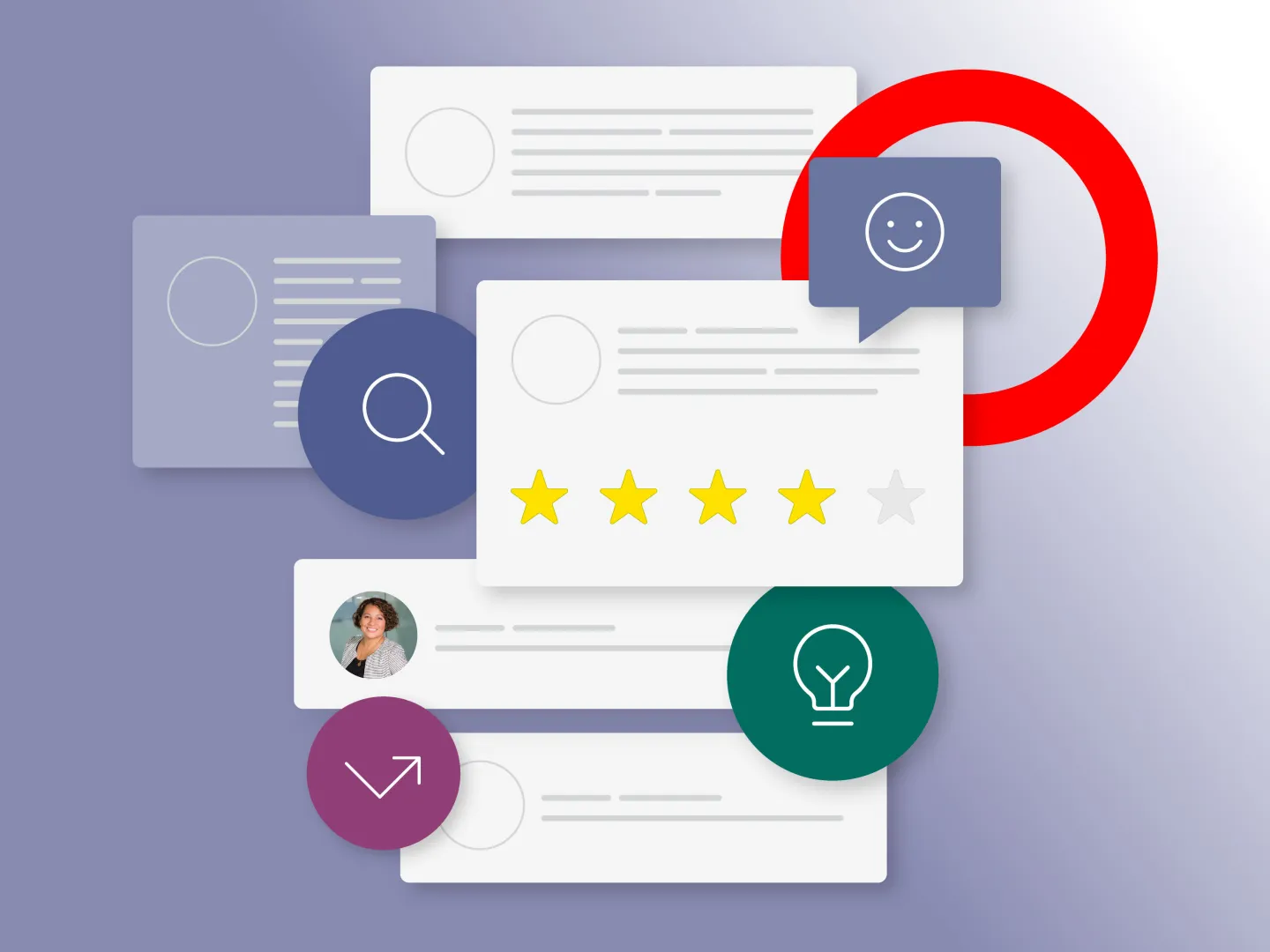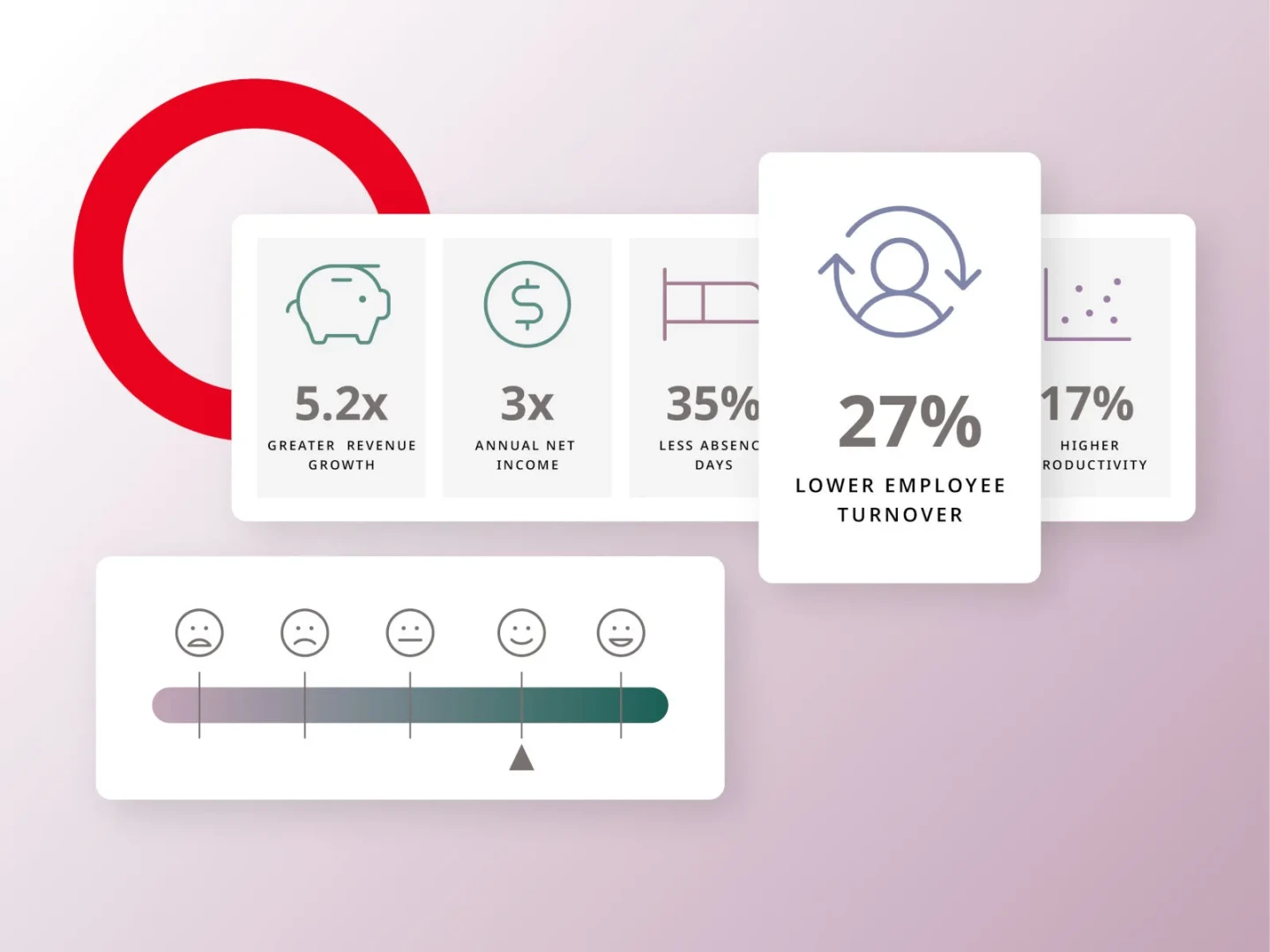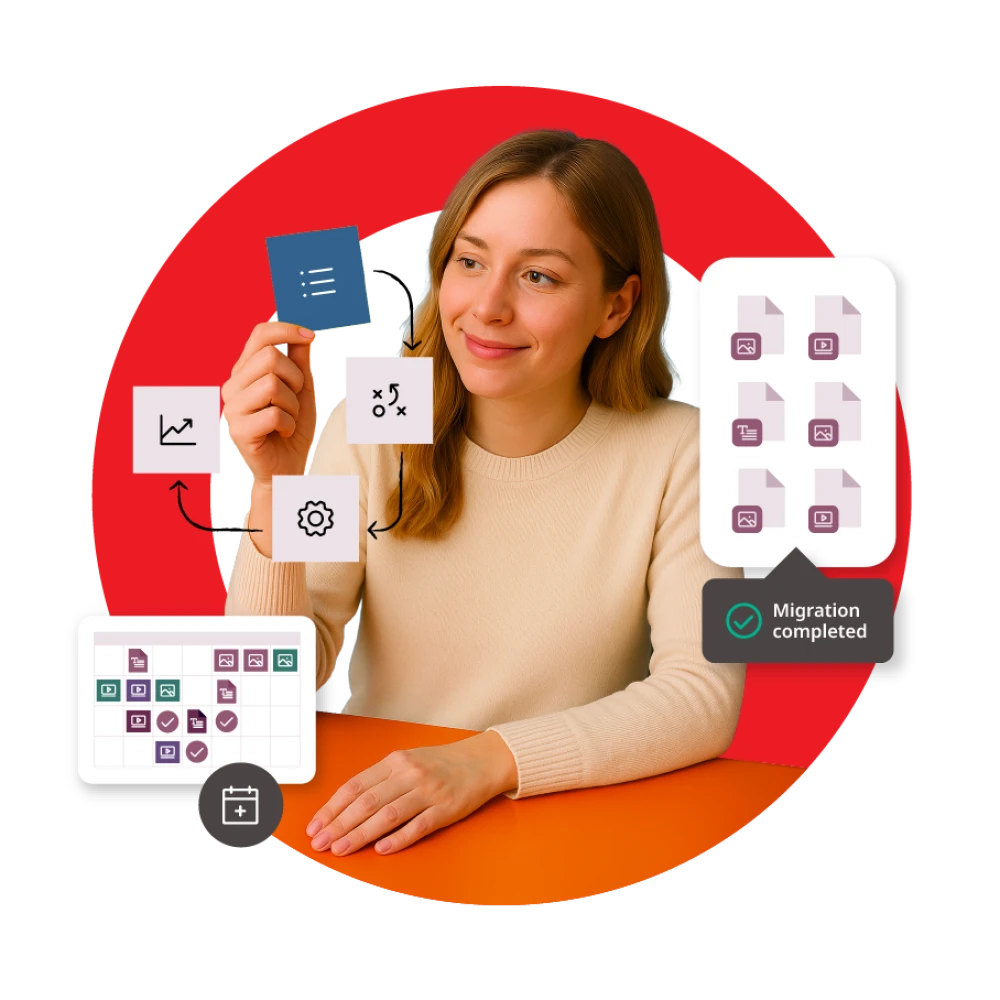Digital transformation guide
As consumers and businesses increasingly demand the availability of products, services and information at their fingertips, digital transformation has become a top priority. In fact, 50% of executives agree that digital transformation is the top strategic priority.
Generally, digital transformation refers to the use of technology to create new or improved processes and customer experiences to drive better business outcomes. But not all digital transformation looks alike—and to succeed, each organization must determine which types of transformation they should prioritize.
Digital transformation is the integration of digital technology into all areas of a business, fundamentally changing how it operates and delivers value to customers. It’s important because it allows businesses to evolve rapidly in response to changing market demands and technological advancements. This transformation enables companies to improve efficiency, enhance customer experience, foster innovation, and stay competitive in an increasingly digital world.
Digital transformation significantly impacts business operations by enhancing efficiency, productivity and customer engagement. It streamlines processes through automation, improves decision-making with data analytics and enables more agile and flexible business practices. Additionally, it transforms customer interactions through digital channels, leading to improved customer service and satisfaction.
A successful digital transformation strategy includes clear vision and goals, customer-centric approach, integration of advanced technologies like AI and cloud computing, strong leadership and a culture open to change. It also involves data-driven decision-making, employee engagement and training and a focus on continuous innovation and improvement.
Technology is the cornerstone of digital transformation, driving changes in how businesses operate and deliver value. Technologies like artificial intelligence (AI), cloud computing, the Internet of Things (IoT) and big data analytics enable businesses to automate processes, gain insights from data, enhance customer experiences and innovate products and services.
Digital transformation drives business growth and innovation by opening new channels for customer engagement, enabling data-driven insights for better decision-making and fostering a culture of continuous improvement. It allows businesses to develop innovative products and services, tap into new markets and respond more quickly to customer needs and market trends.
Challenges in digital transformation include resistance to change, technological complexities, aligning transformation with business goals and ensuring data security. Overcoming these challenges involves clear communication, a phased approach to technology adoption, strong leadership and a focus on training and support for employees.
Digital transformation positively affects customer experience by providing more personalized, efficient and engaging interactions. Leveraging digital channels and data analytics, businesses can better understand and meet customer needs, leading to increased satisfaction and loyalty.
Leadership and culture play a crucial role in digital transformation. Strong leadership provides vision, direction and resources for transformation efforts. A culture that embraces change, innovation and continuous learning is essential for adapting to new technologies and processes effectively.
The success of digital transformation efforts can be measured through key performance indicators (KPIs) like improved efficiency, increased revenue, customer satisfaction scores, employee engagement levels and innovation metrics. Regularly reviewing these KPIs helps assess progress and guide future strategies.
Digital transformation varies across industries in its application and impact. In retail, it focuses on e-commerce and customer experience; in manufacturing, on automation and supply chain optimization; in healthcare, on patient data management and telemedicine. Each industry tailors digital transformation to its unique challenges and opportunities.
Data and analytics are vital in digital transformation, providing insights for informed decision-making, identifying market trends and understanding customer behavior. They enable businesses to optimize operations, personalize customer experiences and drive innovation.
Ensuring security and compliance in digital transformation involves implementing robust cybersecurity measures, regular security audits, employee training on security practices and adherence to regulatory standards. It’s crucial to integrate security considerations into every stage of the transformation process.
Best practices for implementing digital transformation include having a clear strategy and objectives, ensuring top-down leadership and support, focusing on customer needs, investing in the right technology, fostering a culture of change and innovation and continuously monitoring and adapting strategies.
Digital transformation influences employee engagement and training by necessitating new skill sets and encouraging a culture of continuous learning. It can boost engagement by involving employees in transformation initiatives and providing them with modern tools and training to succeed in a digital environment.













